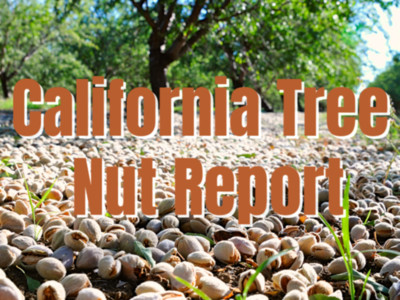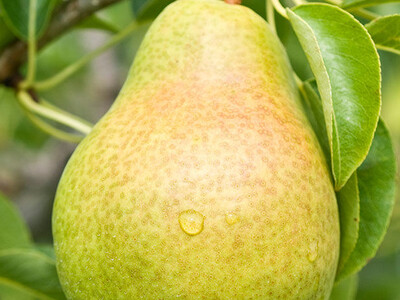Improving Plant-Microbe Interactions

Tim Hammerich
News Reporter
Nutrient use efficiency is good for both the planet and the farmer’s pocketbook. In order to maximize production while minimizing inputs, Sound Agriculture is improving the important interaction between plants and microbes. Here’s chief technology officer Travis Bayer.
Bayer… “The way I like to think about it is there's really an economy happening under our feet as we walk through a field. So you have plants and microbes, and the microbes are competing with each other. So they're competing for food, but they're also cooperating with each other. And the microbes compete with microbes, the microbes cooperate with the plant. And the way that a lot of this kind of barter economy of nutrients happens, the way it starts is with a signal. So the plant will send a small molecule out into the soil to basically signal to microbes that it's ready to cooperate. It's ready to trade nutrients. Microbes will actually send signals back to the plant and say, Hey, we're here. We're ready to cooperate. And that's actually what starts this symbiosis, this exchange of nutrients, this barter economy at the root zone. So what we're doing with SOURCE is really providing a signal to the whole system and saying, Hey, let's all cooperate and let's start to trade nutrients between soil microbes and plants.”
Bayer said their SOURCE product stimulates these interactions, kind of like caffeine for microbes.












